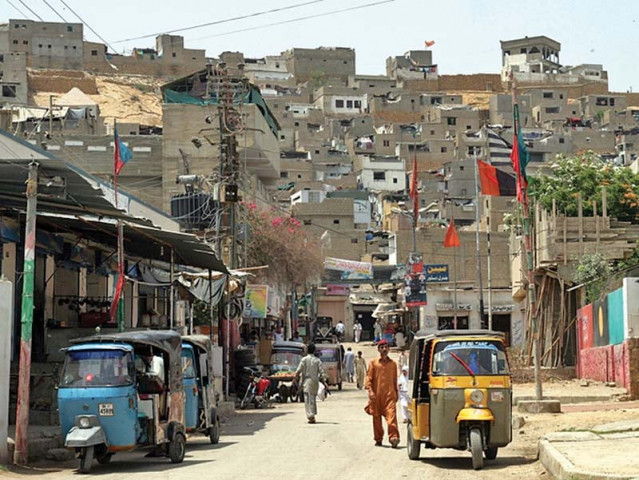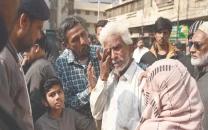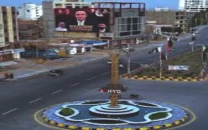A city without a plan?
KDP not only did it highlight the core challenges, it also accurately pointed out the emerging growth trends

Establishing a special economic zone focused on the agriculture and dairy or poultry sector could provide an environment for potential local and foreign investors. PHOTO: FILE
Even as early as 1915, the Bombay Town Planning Act was promulgated. Since Sindh was then part of the Bombay presidency, it became applicable to Karachi too.
In 1952, the government, under the auspices of the newly-established Karachi Improvement Trust and with the assistance of Swedish consulting firm Merz Randal Vattan, prepared a master plan for the city. Envisaging the creation of a new administrative area and the development of a federal capital at Gadap and then on the North Karachi hills, political instability meant that the plan could not be implemented.
After General Ayub Khan established military rule and decided to shift the country’s capital to Islamabad, the Greater Karachi Resettlement Plan, 1958, was developed. Preparing by Greek consultant company Doxiades Associates, it proposed setting up two satellite towns: Landhi-Korangi to the east and New Karachi to the north, with industrial centres as well as housing and employment for the city’s refugee population. By 1964, this plan too was abandoned, despite the provision of housing and infrastructure, since the pace of industrialisation was glacial.
Moving on to 1967, the government, with the help of the United Nations Development Programme (UNDP), came up with what most experts agree is the best planning document prepared for the city — the Karachi Development Plan 1974-85. Not only did it highlight the core challenges, it also accurately pointed out the emerging growth trends. Once again, though, it was not implemented. As a result of this, an informal sector popped up in the metropolis, with various interest groups fulfilling Karachi’s physical, social and financial needs.
The Karachi Development Plan 2000 was finalised by the Karachi Development Authority in 1990, again with the UNDP’s assistance. At the core of it, this plan consisted of a computer model that could monitor development and thus facilitate financial investments. But in 2001, the government introduced a new local government system, annulling the KDA.
The newly-established City District Government Karachi (CDGK) took over KDA’s work, proposing the Karachi Strategic Development Plan 2020, which sought to establish CDGK as the apex planning institution with legal authority for planning and development controls over all land and buildings in the city.
Why the plans failed
Clearly, there has been no lack of plans for Karachi. The planning process, however, has not been reflected in the urban development trends.
A major factor for this is the absence of continuity. Detached from the existing conditions, no real effort has been made to centre planning exercises on lessons learnt from the past. Every new plan brought in a fresh direction, with no effort being made in the meantime to update the database.
Then there is the lack of implementing and financing mechanisms. The planning used to be undertaken by the now defunct KDA, which never had any legal or administrative power over the city’s numerous other development agencies. It was similarly never the financing agency or authority to ensure implementation.
A political mandate was also missing — no plan has enjoyed legal cover, which would deprive corrupt political and bureaucratic entities of the discretionary powers that they enjoy and through which they can by-pass rules and regulations.
To have any chance of making a viable impact, any new planning exercise must address these critical reasons for the failures of past plans.
Farhan Anwar is an urban planner and runs a non-profit organisation based in Karachi city focusing on urban sustainability issues
Published in The Express Tribune, April 13th, 2015.











1733130350-0/Untitled-design-(76)1733130350-0-208x130.webp)






COMMENTS
Comments are moderated and generally will be posted if they are on-topic and not abusive.
For more information, please see our Comments FAQ